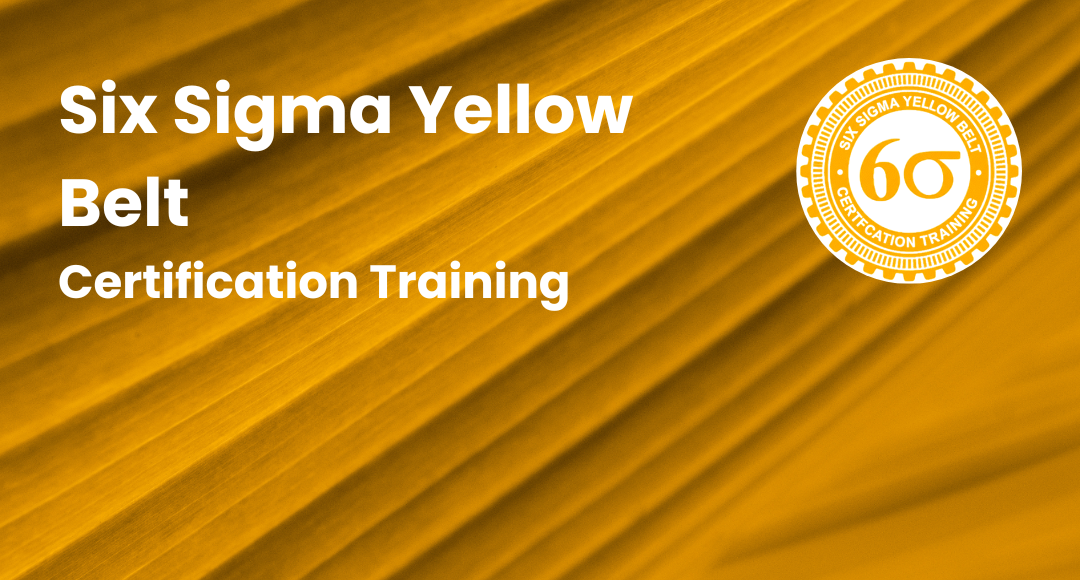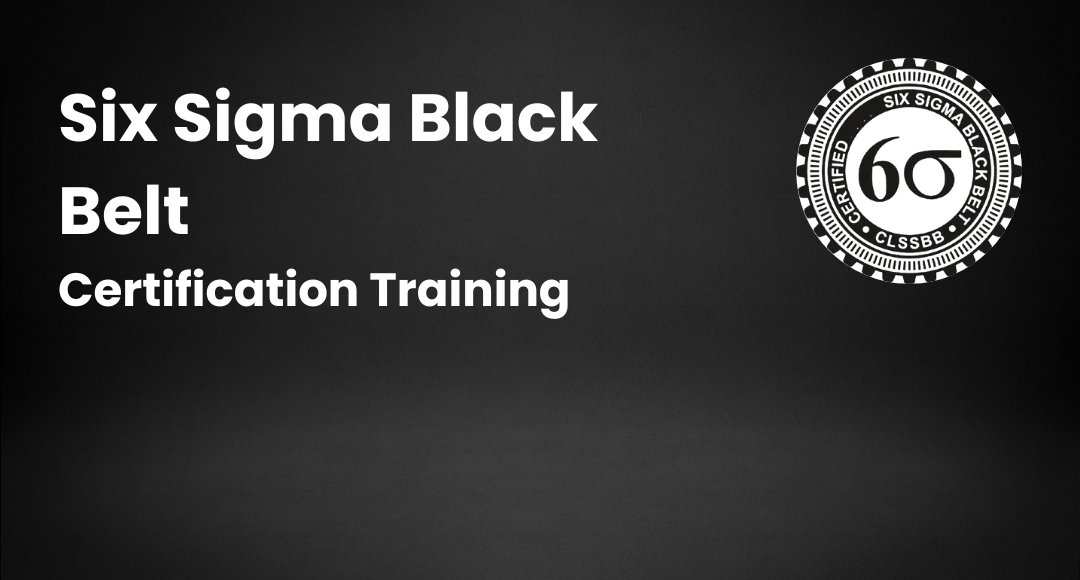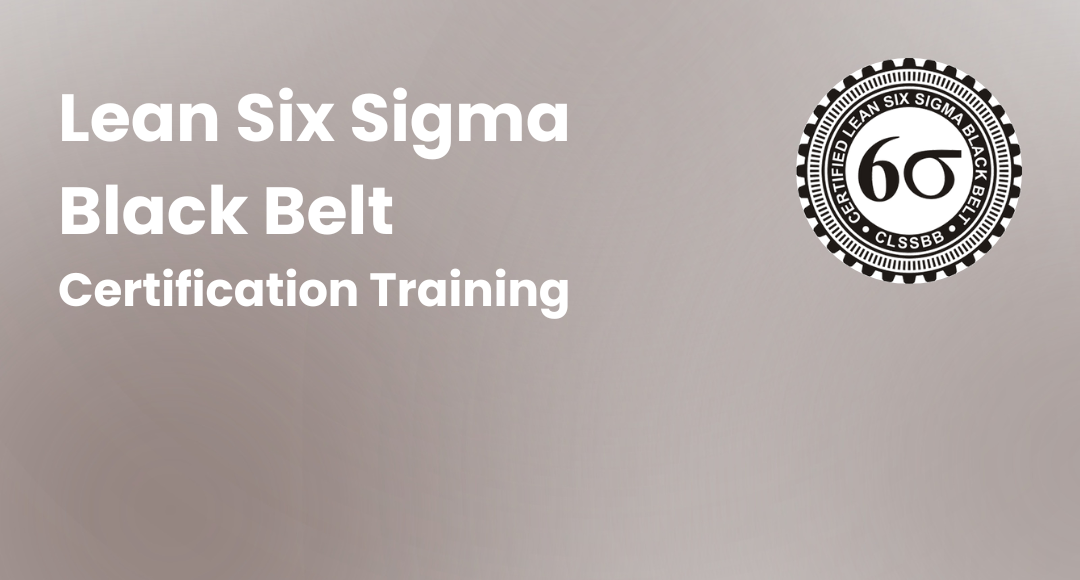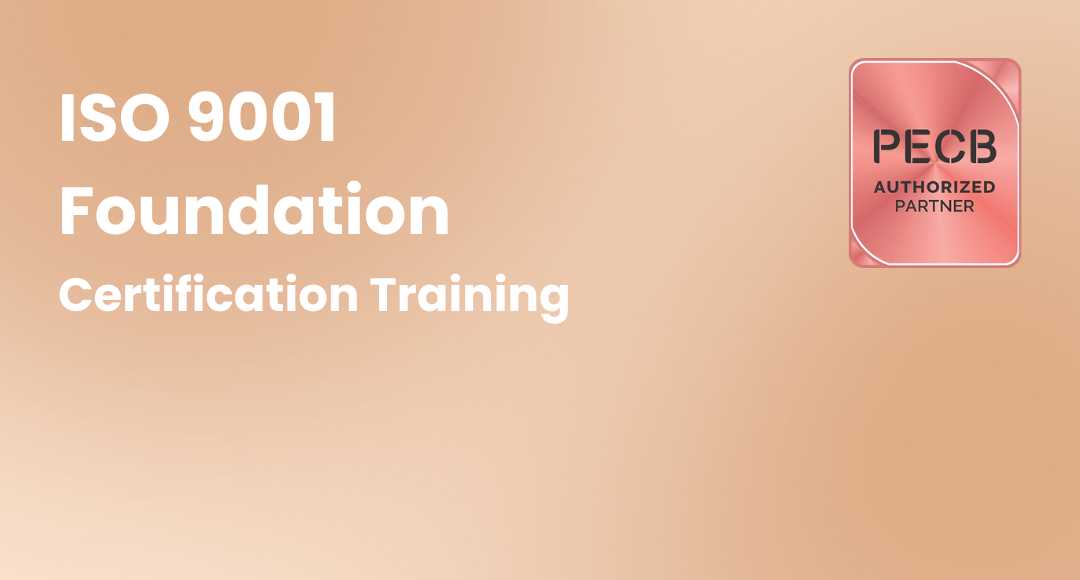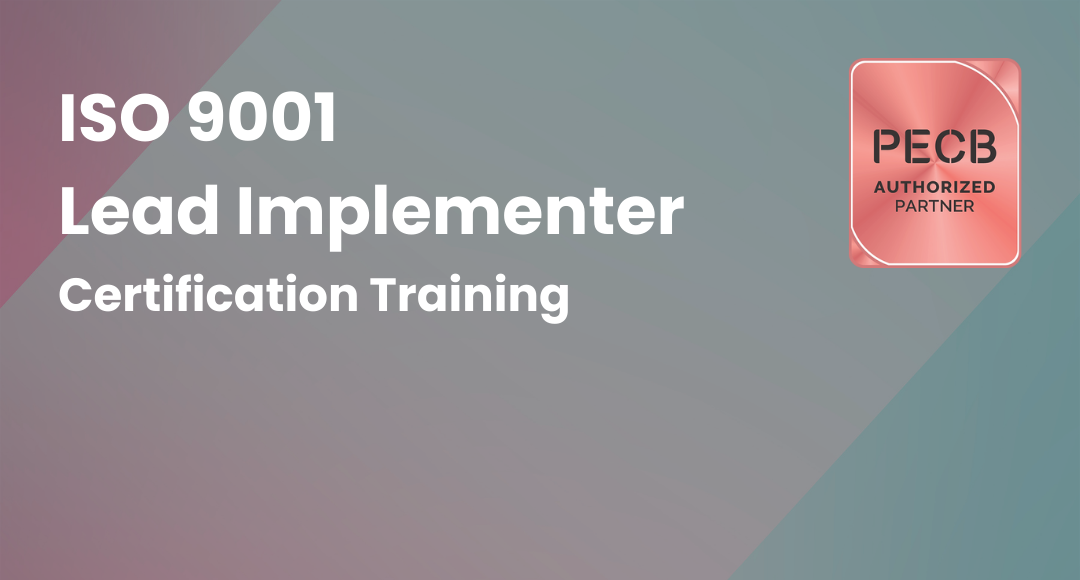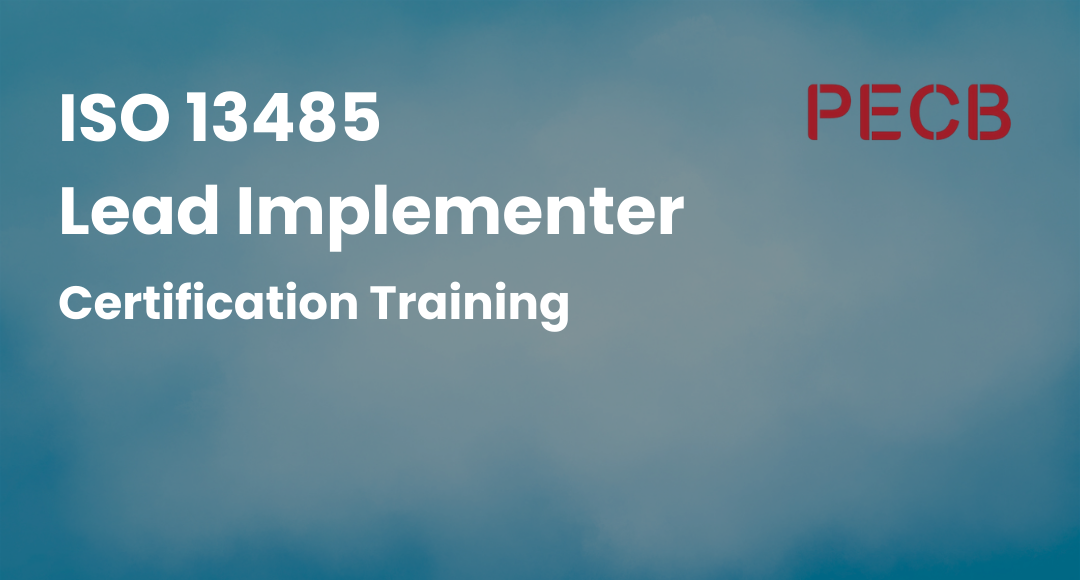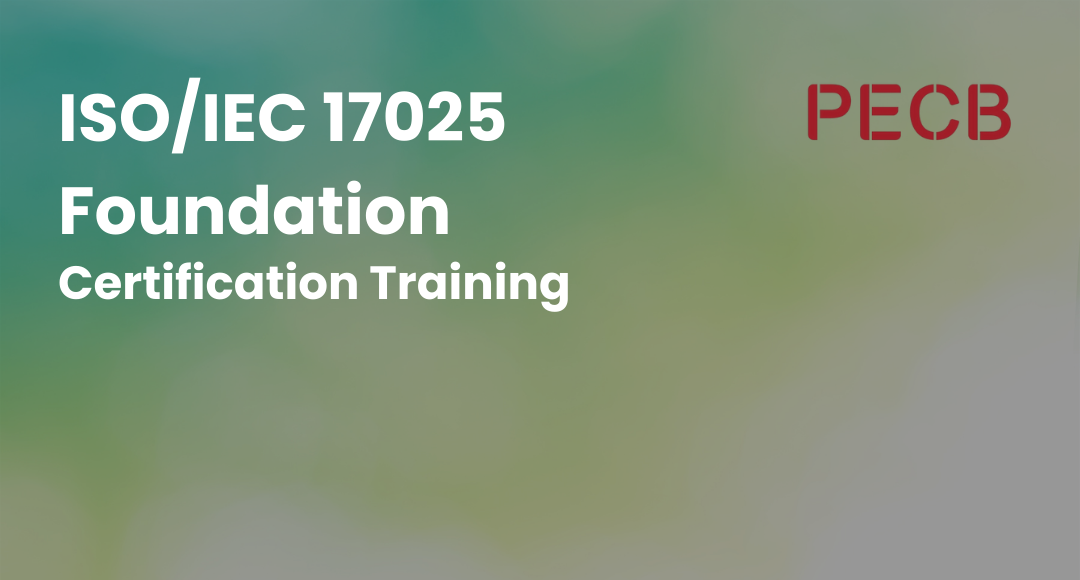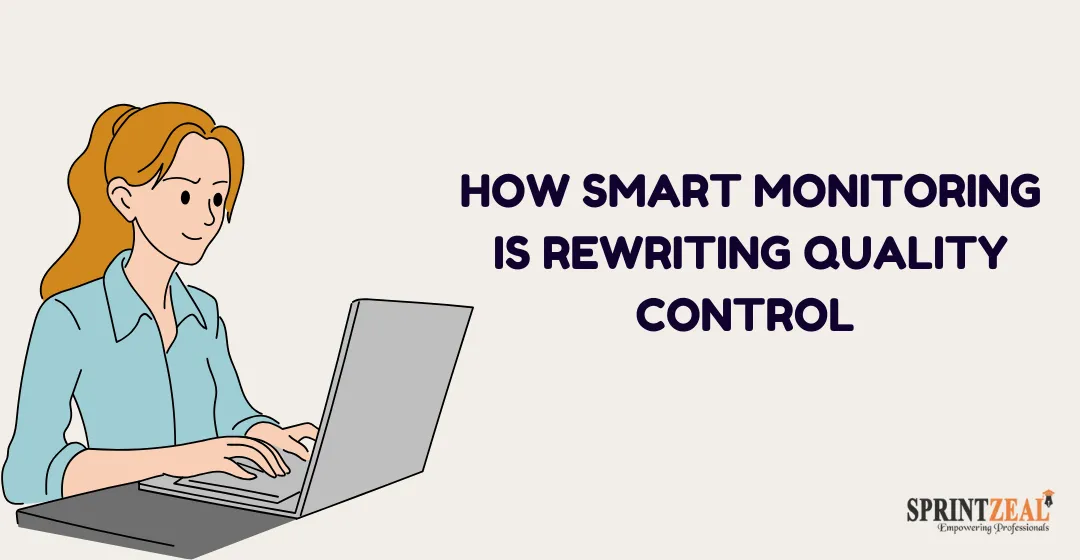Lean Continuous Improvement: A Detailed Guide to Mastering Organizational Quality
-
 By Sushmith
By Sushmith - Published on Dec 12 2023

Table of Contents
Why LCI? Where to Use and How to Implement Them?
Organizations evolve into agile entities capable of continuous enhancement by adapting to Lean Management. Organizations are on continuous hunt for excellence, efficiency, and innovation. Multiple industries use LCI as a practical tool for driving solid results by cultivating continuous improvement.
From Value Stream Mapping (VSM) to Six Sigma, each method plays a unique role in achieving operational excellence. For instance, Kaizen, a Japanese philosophy, advocates for continuous improvement through small changes, enabling organizations to respond to evolving customer needs.
Now, let’s dive into the foundational aspects of Lean that drive transformative change in organizations.
Building Blocks of Lean Continuous Improvement:
As discussed, lean continuous improvement is a very resourceful and a multipurpose tool that can help organizations shape their services to their customer’s needs. But to implement and make use of these benefits, it is more crucial to have a clear knowledge on the foundational aspects.
Let's explore a few key components you need to understand in order to unlock the full potential of LCI:
- Understanding the Lean Continuous Improvement Model
Lean Continuous Improvement (LCI) model is a robust blueprint guiding organizations towards operational excellence. This model is not a one-size-fits-all solution but a dynamic framework tailored to each organization's unique challenges and goals.
The LCI model isn't a mere set of principles; it's a comprehensive approach woven into the very fabric of organizational culture. It begins with acknowledging that operational excellence is not a destination but a continuous journey. The model empowers organizations to identify, analyze, and eliminate inefficiencies systematically.
Lean Continuous Improvement is not just about methodologies, it's a philosophical and a robust blueprint guiding organizations towards operational excellence. The LCI Model
Commonly known Lean Improvement Models
Lean Continuous Improvement (LCI) models are based on the principle that every step in a process should add value to the customer, and that any step that does not add value is considered waste. the most common LCI models include:

Advanced Strategies for Implementing LCI Models
Here are some advanced strategies for implementing LCI models to overcome the challenges of implementing LCI models for organizational excellence.
1) Create a culture of continuous improvement
2) Use data to drive improvement
3) Focus on the entire value stream
4) Engage employees at all levels
5) Use technology to support LCI
Dive deeper into the LCI model and its key elements in our complete blog - The Lean Continuous Improvement Model: A Comprehensive Guide
The LCI process is a systematic and dynamic approach designed to enhance efficiency, reduce waste, and foster a culture of ongoing improvement. Initiating and sustaining the Lean Continuous Improvement process requires a roadmap, commitment, and a cultural shift within the organization.
Understanding Lean Continuous Improvement Process
The LCI process is a systematic and dynamic approach designed to enhance efficiency, reduce waste, and foster a culture of ongoing improvement. Let's break down the essential elements that characterize the Lean Continuous Improvement Process:
- Assessment
Before initiating any improvements, organizations must conduct a comprehensive assessment of their existing processes. This stage involves identifying bottlenecks, inefficiencies, and areas for enhancement. It's a critical first step that lays the foundation for targeted improvements.
- Planning
Armed with insights from the assessment phase, organizations move on to the planning stage. Here, a detailed roadmap is crafted, outlining the changes to be implemented. The plan includes specific goals, strategies, and timelines, ensuring a clear and structured path toward improvement.
- Implementation
With the roadmap in hand, organizations proceed to implement the planned changes. This stage involves collaboration and coordination across teams. Whether it's adopting Lean methodologies like 5S for organization or incorporating Kaizen events for rapid improvement, this phase is where the transformation takes shape.
- Monitoring
Continuous improvement doesn't end with implementation; it requires vigilant monitoring. Organizations establish mechanisms to track the impact of changes, assess their effectiveness, and identify any unforeseen challenges. This stage ensures that the journey is not a one-time event but an ongoing cycle of refinement.
Real-World Application of Lean CI Process
Through systematic assessment, meticulous planning, and a relentless focus on implementation and monitoring, organizations achieve efficiency, quality, and sustainable success. Lest explore some industries that adapt the practical application of Lean Continuous Improvement Process.

For a deeper understanding, continue to Dive Deep into the Power of Lean Continuous Improvement Process
- Transformative Lean Continuous improvement methods
Lean methods are not just theoretical concepts—they are practical, results-driven tools that have propelled organizations to new heights.
Now that we've explored the essentials of Lean Continuous Improvement (LCI) and navigated through the process, it's time to open the toolbox of methods that help organizations deploy transformative changes and achieve operational excellence. Let's explore some key methodologies of LCI:
Exploring Key Lean Continuous Improvement Methods
Organizational Process Improvement and Operational Excellence have undergone a standard swing with the introduction of Lean Continuous Improvement methods. Within the realm of LCI, verity of tools and techniques has emerged, each playing a distinctive role in operational excellence.
Let's now explore key LCI methods that have significant advantages in reshaping organizations across various industries:

- Value Stream Mapping (VSM): Visualizing the Flow of Value
In the realm of LCI, VSM stands out as a powerful tool. It offers a visual representation of the entire value stream of a process, from raw materials to the end product. By mapping each step, organizations can identify non-value-adding activities and areas for waste reduction.
- 5S: Creating a Culture of Organization and Efficiency
5S is more than just a housekeeping methodology; it's a cultural enabler. By emphasizing Sort, Set in Order, Shine, Standardize, and Sustain, organizations instill a sense of order, cleanliness, and discipline. This, reduces wasted time, improves safety, and creates a efficient work environment.
- Kaizen: Embracing Continuous Improvement
Originating from Japanese philosophy, Kaizen advocates for small, incremental changes. Unlike large-scale overhauls, Kaizen promotes continuous learning and adaptation. This approach enables organizations to respond swiftly to changing customer needs and market conditions.
- Kanban: Managing the Flow of Work
Kanban, a visual production management system, ensures work flows smoothly. By controlling the flow, preventing bottlenecks, and limiting work in progress, Kanban reduces waste, improves lead times, and enhances overall productivity.
Maintaining the momentum generated by the implementation of Lean practices is crucial for organizations. It ensures to benefit not only to endure but also to actively contribute to the sustained and lasting success of the organization. Upholding this momentum is similar to steering the course toward continuous improvement and long-term success. Here are a few steps that help achieve Long-Term Excellence:
Continue to explore on Lean Continuous Improvement Methods for Business Excellence
FAQs
What are the 5 Lean principles in Six Sigma?
In the marriage of Lean and Six Sigma, five key principles guide the way:
- Define: Clearly outline the problem or project goals.
- Measure: Establish metrics and collect data to quantify the problem.
- Analyze: Dig into the data to identify the root causes of the problem.
- Improve: Develop and implement solutions to address the root causes.
- Control: Establish controls and measures to sustain the improvement over time.
What is the CI methodology of lean?
The CI methodology of lean, or Continuous Improvement methodology, revolves around the systematic identification, elimination of waste, and optimization of processes to deliver value to customers while reducing costs and improving quality.
How do I get started with LCI?
The best way to get started with LCI is to identify a specific process that you want to improve. Once you have identified a process, you can use the 4 A model or the Lean method of continuous improvement to identify and eliminate waste from the process.
What are the 4 P in lean management?
The 4 P's in lean management are:
Purpose: Clearly define the purpose and value that a product or service delivers to customers.
Process: Streamline and optimize processes to eliminate waste and enhance value delivery.
People: Engage and empower employees at all levels to actively participate in continuous improvement.
Problem Solving: Foster a culture of problem-solving and innovation to drive improvements.
Conclusion
In this detailed guide for Lean Continuous Improvement (LCI), we've uncovered the pillars that support a culture of transformative excellence.
Lean is not a static concept—it's a dynamic and practical action that evolves with the changing landscape of industries. The Lean journey should be a collective effort, and each individual plays a crucial role. With this, the workplace values efficiency & quality by commenting to excellence.
The door to continuous improvement is wide open, and the path is illuminated with Lean principles. This journey is an invitation to elevate your expertise, contribute to organizational excellence, and become a driving force for positive change.
Visit Sprintzeal.com to explore the wide verity of courses and services available.
Relevant Certification Courses:
Lean Six Sigma Green Belt Certification
Lean Six Sigma Black Belt Certification
If you are interested in mastering the Six Sigma Credentials, allow us to help you achieve excellence in your organization. Please visit our Six Sigma courses page or contact us today.
We look forward to hearing from you!
Subscribe to our newsletter for the latest insights, exclusive offers, and updates on training schedules, and let's embark on this Lean journey together.
Subscribe to our Newsletters
Popular Programs
Trending Posts
Six Sigma Certification – Everything you Need to Know About Getting Certified
Last updated on Nov 8 2023
Live Data, Faster Fixes: How Smart Monitoring Is Rewriting Quality Control
Last updated on Aug 27 2025
Understanding Lean Manufacturing's Pros and Cons
Last updated on Dec 30 2024
Lean methodology, Six Sigma methodology and Lean Six Sigma Explained
Last updated on Jul 20 2023
Lean Continuous Improvement Methods for Business Excellence
Last updated on Nov 21 2023
Tips for Continuous Integration Testing: Streamlining QA
Last updated on Feb 18 2025
Categories
- Other 69
- Agile Management 48
- Cloud Computing 56
- Project Management 174
- Big Data 66
- Business Management 88
- Digital Marketing 78
- IT Service Management 29
- Programming Language 58
- AI and Machine Learning 77
- IT Security 112
- Quality Management 78
- IT Hardware and Networking 26
- Microsoft Program 4
- Workplace Skill Building 13
- Risk Management 9
- Information Security 8
- Leadership and Management 9
- Corporate Training and Development 1
Trending Now
Top Career benefits of Lean Six Sigma Green Belt
ArticleLean methodology, Six Sigma methodology and Lean Six Sigma Explained
ArticleSix Sigma Black Belt Certification – Value and Career Benefits in 2026
ArticlePareto Chart in Six Sigma - Explained
ArticleSix Sigma Certification Guide - A Professional's Guide
ArticleQuality Control Explained – Six Sigma
ArticleQuality Assurance in Six Sigma Explained
ArticleQuality Assurance vs Quality Control
ArticleTotal Quality Management - A Complete Guide for Beginners
ArticleSix Sigma Certification – Everything you Need to Know About Getting Certified
ArticleLean Six Sigma on Resume for Rewarding Career Benefits
ArticleSix Sigma Yellow Belt Certification - Six Sigma for Beginners
ArticleQuality Management Interview Questions 2026
ArticleQuality Manager Interview Questions and Answers for 2026
ebookService Delivery Manager Interview Questions and Answers (With Examples)
ArticleSix Sigma Interview Questions and Answers 2026
ArticleA Supply Chain Management Guide to Mastering Logistics End to End
ArticleSenior Quality Manager Interview Questions and Answers 2026
ArticleTop Quality Analyst Interview Questions and Answers 2026
ArticleFinancial Analyst Interview Questions and Answers 2026
ArticleRisk Manager Interview Questions and Answers 2026
ArticleCompliance Manager Interview Questions and Answers 2026
ArticleOperation Manager Interview Questions and Answers
ArticleHow to Become a Quality Manager - Career, Job Scope and Certifications
ArticleHow to become a Quality Analyst
ArticleSix Sigma Certifications - Reasons Why you Should Get Them
ArticleTop Qualities of a Good Manager and a Leader
ArticleLearn about Statistical Process Control (SPC) and its top applications
ArticleCost of Poor Quality - A Detailed Guide
ArticleImplementing 5S Methodology for Better Work Efficiency
ArticleWhat Is Lean Management?
ArticleBest Six Sigma Books in 2026
ArticleLeadership vs Management - The Ultimate Guide
ArticleQuality Assurance Plan - Six Steps To Quality Assurance Plan
ArticleOperational Planning Creation, Key Elements and its Benefits
ArticleA Complete Guide to Product Life Cycle Stages 2026
ArticleDMAIC Methodology - The Ultimate Guide
ArticleSix Sigma tools for DMAIC Phases
ArticleWhat Is Lean Manufacturing?- An Overview
ArticleThe Lean Continuous Improvement Model: A Comprehensive Guide
ArticleDMAIC vs. DMADV: Key Differences and Choosing the Right Six Sigma Methodology
ArticleA Deep Dive into the Power of Lean Continuous Improvement Process
ArticleIntroduction to Lean Manufacturing- Definitions, Framework, and More
ArticleLean Continuous Improvement Methods for Business Excellence
ArticleUnderstanding the Key Principles of Lean Manufacturing
ArticleSecret to Unlock Organizational Excellence: Stages of Continuous Improvement
ArticleLean Waste Management: The Ultimate Guide 2026
ArticleA Deep Dive into Lean Continuous Improvement Tools
Article8 Wastes of Lean - Strategies for Identification and Elimination
Article5 Lean Continuous Improvement Principles to Supercharge Your Operations
ArticleThe Ultimate Guide to Lean Manufacturing
ArticleUnderstanding Lean Manufacturing's Pros and Cons
ArticleLean Waste Reduction Strategies: Boost Efficiency and Cut Costs
ArticleTop 10 Lean Manufacturing Tools for Optimal Productivity
ArticleBeyond the Basics: Benefits of Lean Continuous Improvement
ArticleWhat are Quality Standards? | A Guide to ISO Standards
Article7 Important Types of Quality Management System
ArticleISO 9001 Standard: Benefits and Certification
ArticleA Comprehensive Guide to Quality Management Systems
ArticleBenefits of QMS Certification for Your Business
ArticleStep-by-Step Implementation Guide to ISO 9001
ArticleThe Ultimate Guide to ISO 9001: Boosting Quality and Certification Success
ArticleEssential Components of a Quality Management System
ArticleQuality Management System – QSM Approaches and Methodologies
ArticleHow to Effectively Implement a Robust Quality Management System?
ArticleExplaining QMS Documentation Structure: Benefits and Best Practices
ArticleWho Needs ISO 9001 Certification and Why?
ArticleKey Elements of ISO 9001:2015 Quality Management System
ArticleOvercoming Common Challenges in ISO 9001 Certification: Tips and Best Practices
ArticleBest Quality Management Tools
ArticleTotal Quality Management (TQM) vs. Six Sigma
ArticleQuality Manager Salary: What Freshers & Experts Earn in 2026
ArticleCertified Scrum Product Owner: Job Roles And Responsibilities
ArticleTips for Continuous Integration Testing: Streamlining QA
Article10 Quality Management Strategies Adopted by Top Managers
ArticleDMAIC for Warehouse Safety: From Hazards to Control
ArticleLive Data, Faster Fixes: How Smart Monitoring Is Rewriting Quality Control
Article
